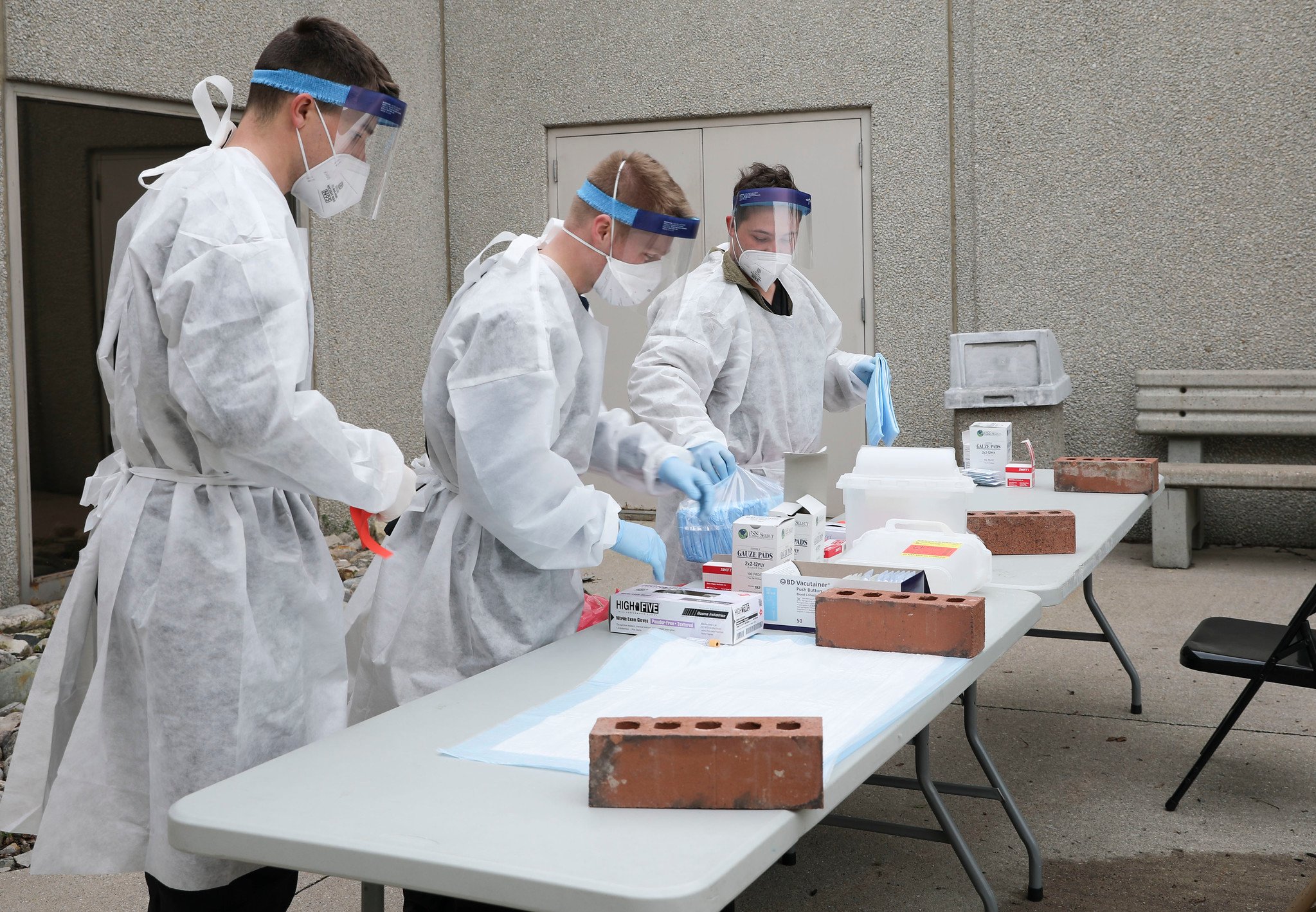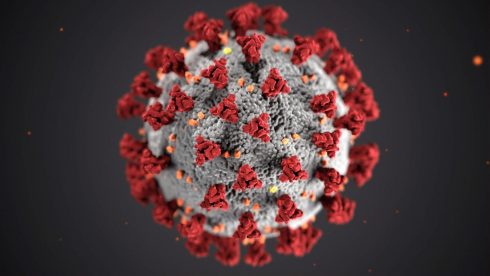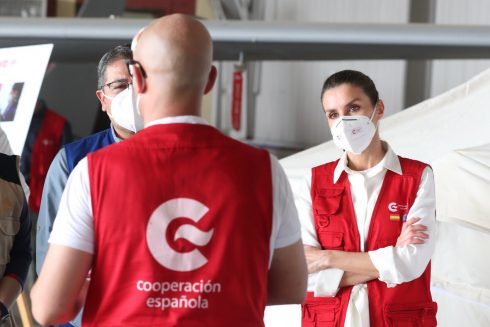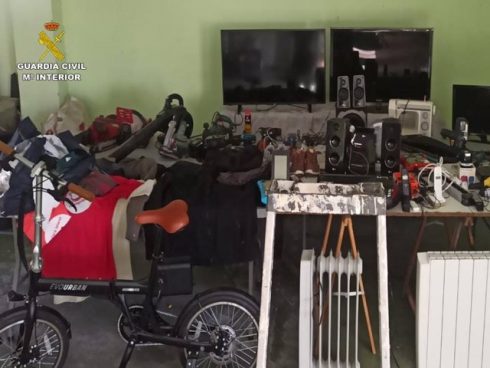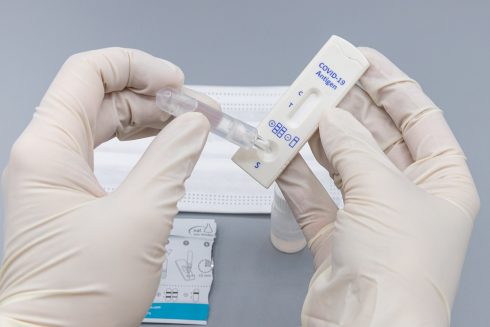JUST under 10% of the Spanish population have been infected with COVID-19 since the start of the pandemic, a study has found.
The fourth round of the ENE-COVID National Seroprevalence Study estimates that 4.7 million people (9.9%) have already caught the disease.
Around half of these were infected during the first wave and the other half during the second, said the report, prepared by the Ministry of Health, the Carlos III Health Institute and National Institute of Statistics (NIE).
At the regional level, the most affected have been Madrid, Castilla-La Mancha and Castille y León, particularly during the first wave.
After the nationwide lockdown, Navarra, Barcelona, Lerida and Zaragoza were among the hardest hit.
According to the study, there are three provinces in which more than 18% of people have been infected; Cuenca, Soria and Madrid capital.
On the other end of the spectrum, the least affected provinces, with less than 5% of people infected, are Santa Cruz de Tenerife, Las Palmas, Lugo, Pontevedra, La Coruña, Valencia, Huelva and Cordoba.
A total of 51,409 people took part in the study, which revealed the most at- risk groups were health workers, of whom 17% have been infected.
As have 16% of women who care for dependents, 14% of female cleaners and 13% of women who work in social care establishments.
The prevalence of the disease is also higher among the foreign population, standing at 13%.
This anomaly is explained ‘by the work they do or by their living conditions’, said the director of the National Epidemiology Centre of the Carlos III Health Institute, Marina Pollan.
The expert would have been referring to the fruit pickers and farm workers who are mostly made up of immigrants.
According to the report, no province in Spain will achieve herd immunity in the short or medium term, as this would require at least more than 50% of the population to have overcome the disease.
“The more people have been infected, the more barriers have been established, but that does not prevent transmission of the virus,” said Carlos III director Raquel Yotti, “We have not achieved herd immunity, even in places that have had a greater circulation of the virus.”
She added: “The 18% rates of infection are not enough to abandon the security measures that must be taken.”
There has, however, been a noted improvement from the first wave in the detection capability in Spain, increasing from one in 10 infections being identified to six in 10 i.e. 60% of infected patients are being found and treated under current testing programmes.

